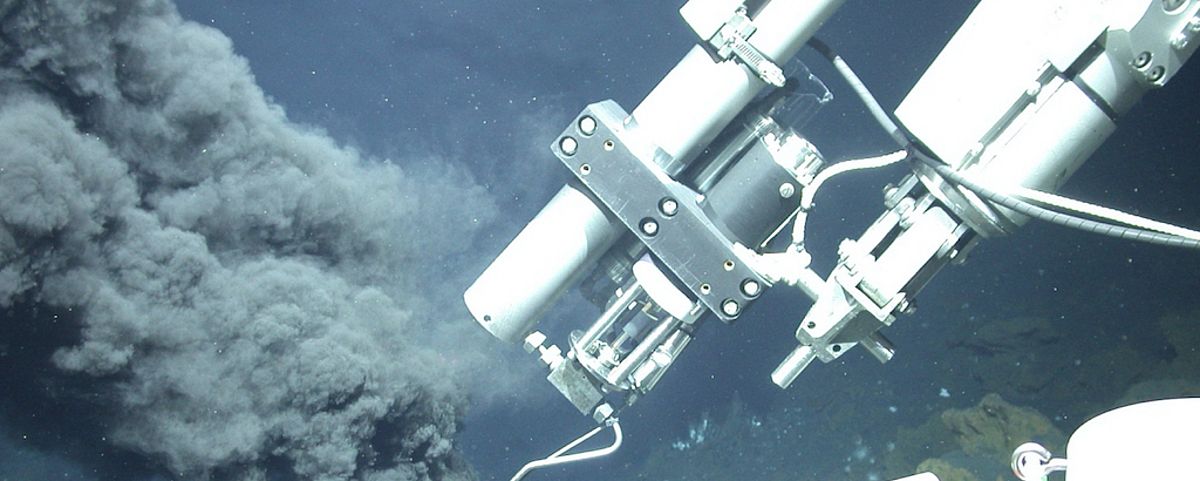Welcome to our homepage
Petrology of the Ocean Crust
Work areas
Our work areas include mid-ocean ridges where new ocean crust is generated by seafloor spreading and underwater volcanism (e.g., Mid-Atlantic Ridge), seamounts and ocean island volcanoes located above so-called hotspots (e.g., Canary Islands, Cape Verde Islands), subduction zones where ocean crust dips into the mantle and is later recycled (e.g., Manus Basin), and last but not least, hydrothermal systems of these areas where geochemical reactions enable chemosynthesis-based life.
moreAnalytics
Our analytical methods include microscopic examination of rocks, geochemical analysis of solid phases and fluids by plasma mass spectrometry (ICP-MS), microgeochemical analysis of minerals and glasses by laser ablation ICP-MS and electron probe microanalysis (EPMA), and thermodynamic calculations of mineral-solution equilibria in fluid-rock interactions and of energy balances in biogeochemical reactions, among many others.
more




